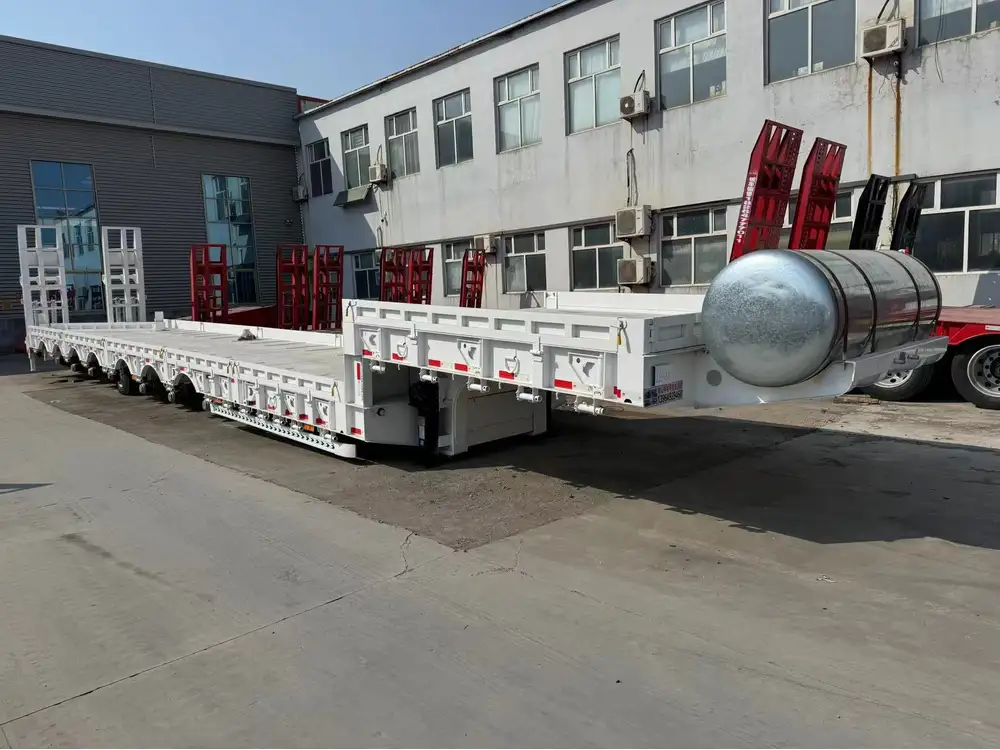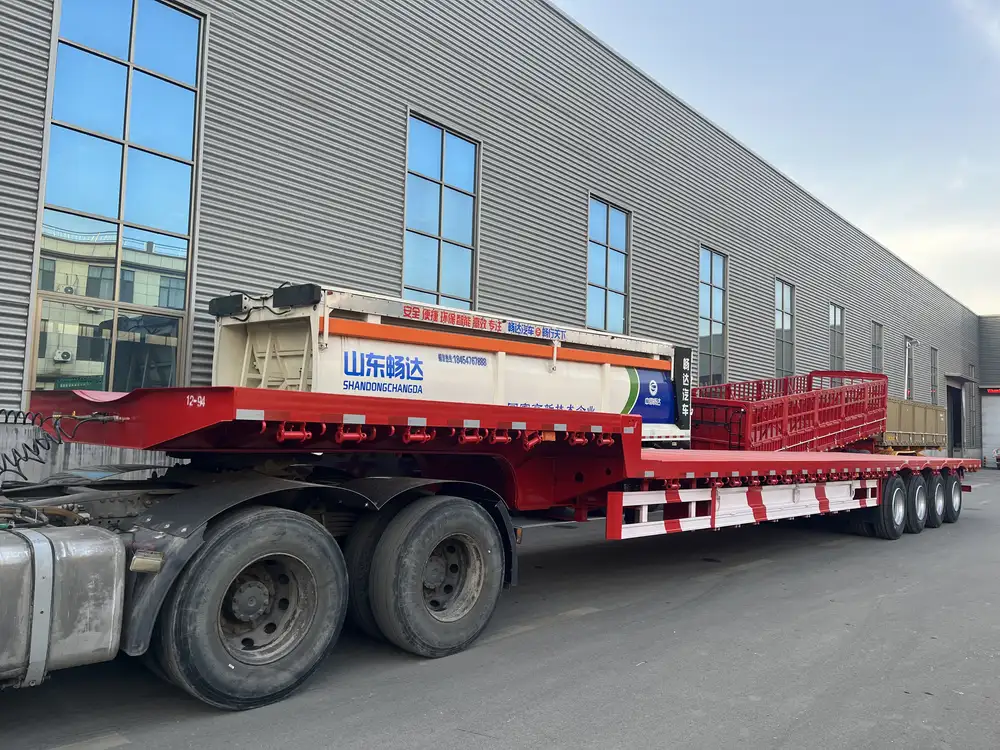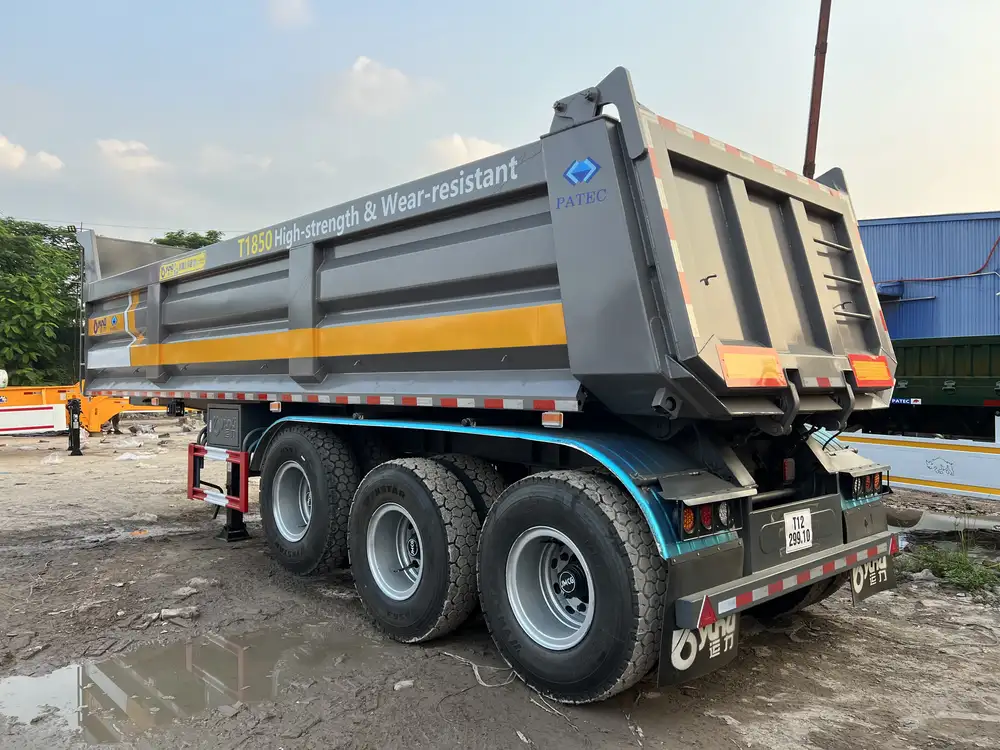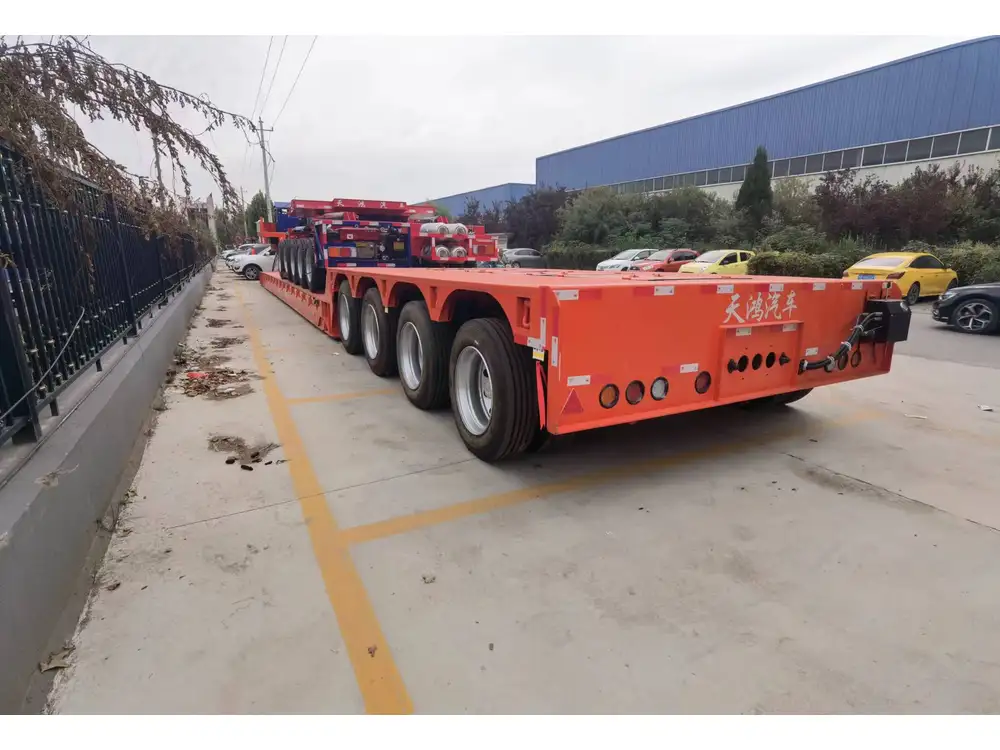Unhooking a semi-trailer is a crucial skill for any truck driver or operator. This process requires precision, safety awareness, and a clear understanding of the equipment involved. Whether you are a seasoned professional or a newcomer in the trucking industry, mastering this skill is essential to ensure seamless operations. In this guide, we will delve into the detailed steps and considerations surrounding the unhooking of a semi-trailer.
Understanding the Components of a Semi-Trailer
Before we proceed with the unhooking process, it’s vital to understand the primary components involved in attaching and detaching a semi-trailer.
| Component | Description |
|---|---|
| Fifth Wheel | A coupling device that connects the tractor to the trailer. |
| Kingpin | A metal pin located at the front of the trailer that locks into the fifth wheel. |
| Landing Gear | The adjustable legs that support the trailer when it’s detached. |
| Air Lines | Hoses that connect the tractor to the trailer for brake and auxiliary systems. |
| Electrical Connector | The connection facilitating lights and other electrical systems between the tractor and trailer. |
Step-By-Step Process of Unhooking a Semi-Trailer

Step 1: Preparing for the Unhooking Process
Preparation is crucial. Ensure the following before commencing:
- Check Surroundings: Make sure the area around the trailer is clear of obstacles and pedestrians.
- Inspect the Equipment: Review the condition of the fifth wheel, kingpin, and air lines. Ensure everything is functional to avoid complications.
- Secure the Load: Ensure the trailer is properly secured for detachment. The load should be stable and balanced.
Step 2: Positioning the Tractor
- Align the Tractor with the Trailer: Drive the tractor forward until the fifth wheel is directly over the kingpin. Maintain a straight line for easy coupling.
- Lower the Landing Gear: Before fully engaging with the kingpin, lower the trailer’s landing gear onto the ground to support the weight once detached.
Step 3: Disconnecting the Air and Electrical Connections
Once the tractor is aligned and the landing gear is down, follow these steps:
- Unplug the Electrical Connector: This connection is usually located on the rear of the tractor. Disconnecting this will disengage all electrical functions, including lights.
- Disconnect the Air Lines:
- Identify the two air hoses (service brake and emergency brake).
- Carefully pull the couplers or quick releases to detach the air lines. Check for any leaks or damages during this process.

Step 4: Unlocking the Fifth Wheel
- Release the Fifth Wheel Lock: Locate the release lever for the fifth wheel, usually found in the cab of the tractor. Pull the lever to release the locking mechanism.
- Confirm the Release: Ensure that the fifth wheel is fully disengaged from the kingpin by checking that the pin is no longer locked in place.
Step 5: Detaching the Trailer
- Move the Tractor Forward: Slowly pull the tractor forward while ensuring the trailer remains stationary with the landing gear supporting its weight.
- Check for any Remaining Connections: As you pull away, monitor for any air or electrical lines that may not be fully disconnected.
Step 6: Finalizing the Unhooking Process
- Inspect the Trailer and Tractor: Conduct a final inspection to verify that all connections have been safely disengaged.
- Adjust the Landing Gear: If necessary, raise the landing gear to ensure stability for when the trailer is unhooked completely.

Common Issues and Troubleshooting
During the unhooking process, various issues can arise. Here are some common problems and their solutions:
| Issue | Solution |
|---|---|
| Stopping Air Line Leaks | Check for cracks or tears in the hoses and replace if necessary. |
| Fifth Wheel Does Not Release | Ensure the lever is fully pulled, and inspect for debris or obstructions that might interfere. |
| Unstable Trailer After Detaching | Always check that the landing gear is fully lowered and engaged before releasing the trailer. |
Best Practices for Safety and Efficiency
- Always Wear Safety Gear: High-visibility vests, gloves, and hard hats are essential when operating around vehicles and heavy equipment.
- Use Proper Signaling Practices: When working with others, use clear hand signals to communicate actions during the unhooking process.
- Regular Maintenance of Equipment: Regularly inspect and maintain equipment to avoid any surprises during the unhooking process.
- Practice Makes Perfect: Regular practice with a mentor or in a safe environment helps in mastering the unhooking procedure.
Frequently Asked Questions (FAQs)

How can I tell if the fifth wheel is locked properly?
The best way to ensure that the fifth wheel is locked is by pulling the release lever to its locked position. You should also hear an audible click indicating that it is securely locked. It’s advisable to do a visual inspection for any misalignment or signs of wear.
What should I do if the trailer feels unstable after I have unhooked?
If the trailer appears to be unstable after unhooking, check that the landing gear is firmly on the ground and adjust as necessary. Inspect the area around the trailer to ensure it is level.
Is it necessary to disconnect the air lines and electrical connections every time?
Yes, disconnecting air lines and electrical connections is critical to ensure safety and prevent damage to both the trailer and tractor each time you unhook.

Can heavy winds affect the unhooking process?
Indeed, strong winds can pose a risk, especially for lighter trailers. It’s advisable to unhook in sheltered areas during windy conditions or wait until conditions improve.
Conclusion
Acquiring the technique for unhooking a semi-trailer combines practical knowledge with proactive safety measures. The process detailed above ensures that both the operator and the equipment are kept safe during operations. By understanding each step and adhering to best practices, you can enhance your efficiency on the road while minimizing risks. Master this skill diligently, and it will serve as an invaluable part of your trucking expertise.



